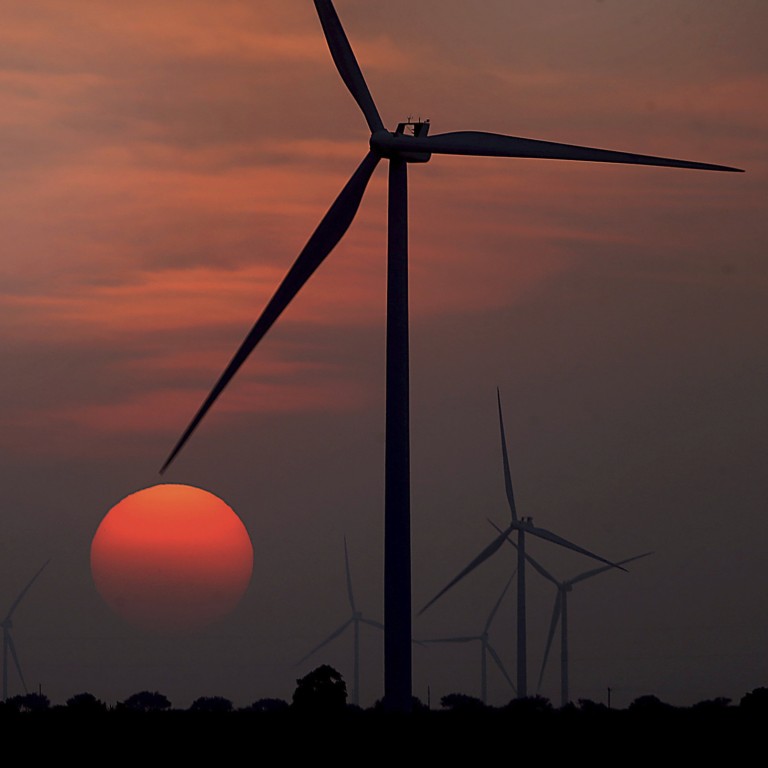
Inflation Reduction Act shows US means business in global clean energy race
- US President Joe Biden’s latest legislative victory could be a game changer for the transition to clean energy sources in the US and around the world
- By doubling down on forward-looking industrial policy, the US is poised to give Europe, China and others a run for their money
These figures might sound modest. According to Bloomberg, global investments in the energy transition topped US$750 billion last year, with China spending US$266 billion compared to US$47 billion in Germany and US$114 billion in the US. McKinsey offers an even more generous accounting, putting total current investments in clean energy and its supporting infrastructure at US$2 trillion.
Hence, Bloomberg’s analysts think global investments in clean energy need to triple by 2025 and then double again by the end of the decade. McKinsey calculates that total annual investments of more than US$9 trillion will be needed between now and 2050 to reach net zero, with around US$2.7 trillion per year shifting from dirty to clean energy sources.
This is where the additional US government funding and incentives come in. The point is not to replace or simply add to private investment. Rather, government subsidies – when properly designed – promise to mobilise a much larger multiple of private investment dollars.
Investing in energy efficiency and clean energy would thus be broadly deflationary, at least in the medium to long term. More investment in the green transition could lead to temporary upward pressure on clean energy and decarbonisation prices, but that is why the Inflation Reduction Act places so much emphasis on investing in production capacities and supply chains.
China ‘faces US$6.5 trillion green funding gap’ to reach emissions goal
US states such as California, New York and even Texas have long been ahead of the federal government in supporting renewables. But now that the federal government has finally made it to the starting gate, the clean energy transition has turned into a global race to the top. The US has lit a fire under other countries and supranational blocs such as the European Union.
Still, Europe’s goal is significantly more ambitious than America’s. The EU is pursuing carbon neutrality by mid-century and a 55 per cent reduction in emissions from 1990 levels by the end of this decade. By contrast, the Biden administration has committed to cutting emissions by 50 per cent from their peak levels of 2005, and the act is expected to reduce emissions by at least 40 per cent by 2030.

A strong performance in the clean energy race will be good for business, the economy and national security, and this is not just a transatlantic affair. China arguably has a solid lead in the race to manufacture much of the energy transition’s hardware. It produces about two-thirds of all solar panels and lithium-ion batteries and around half of all wind turbines sold globally. But, by doubling down on industrial policy, the US could peel off some of this market share.
It remains to be seen who will emerge as the relative winner in this jockeying for position, but it is already clear who the absolute winners will be. Consumers will have more stable energy supplies, younger generations will grow up with a more stable climate and we will all benefit from breathing cleaner air.

_0.png?itok=-5Fw5LOS&v=1660701237)
.jpg?itok=xpZbr0a_)